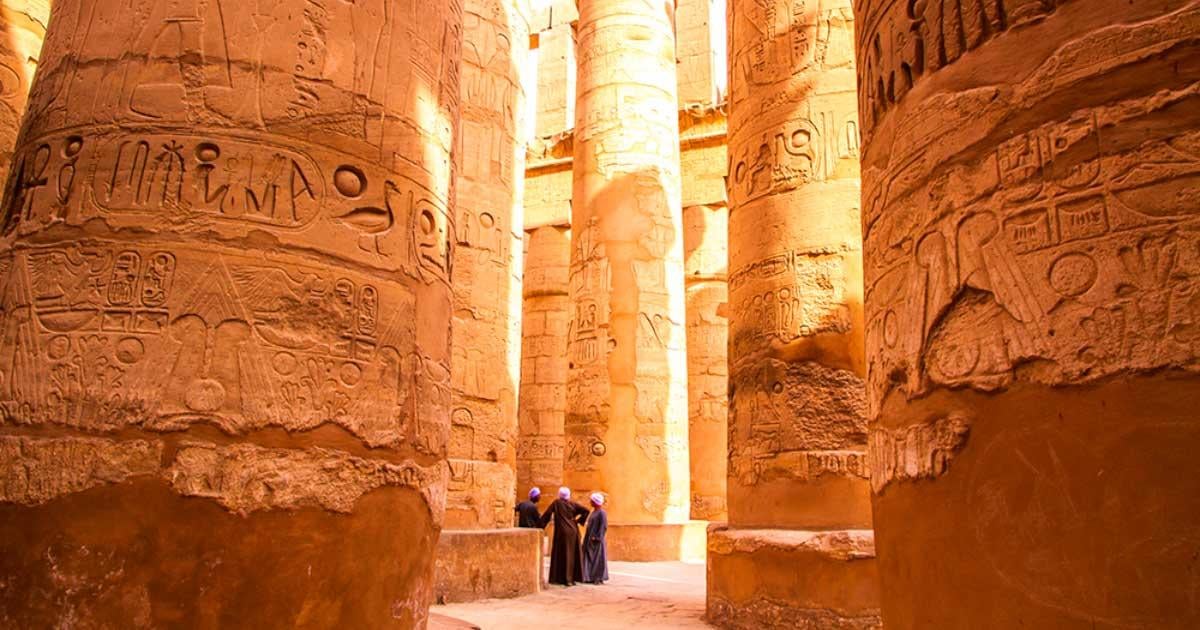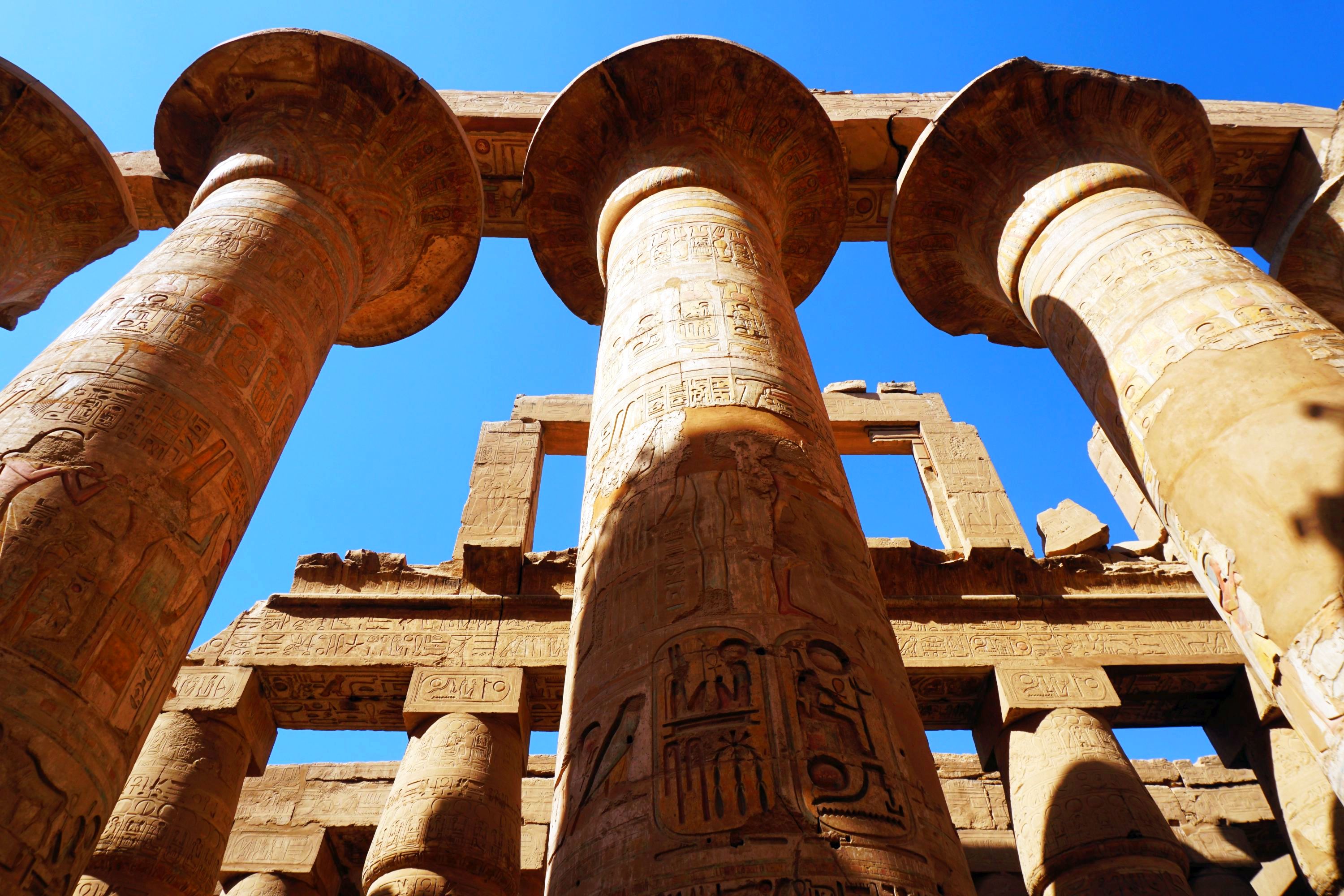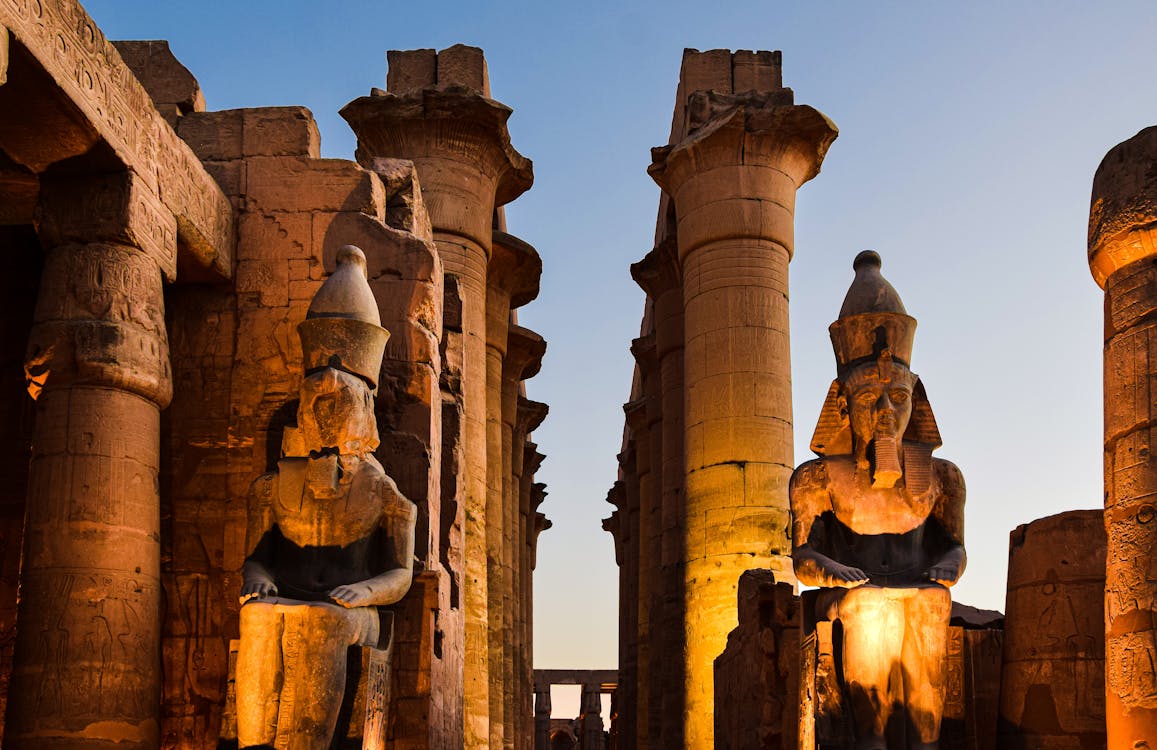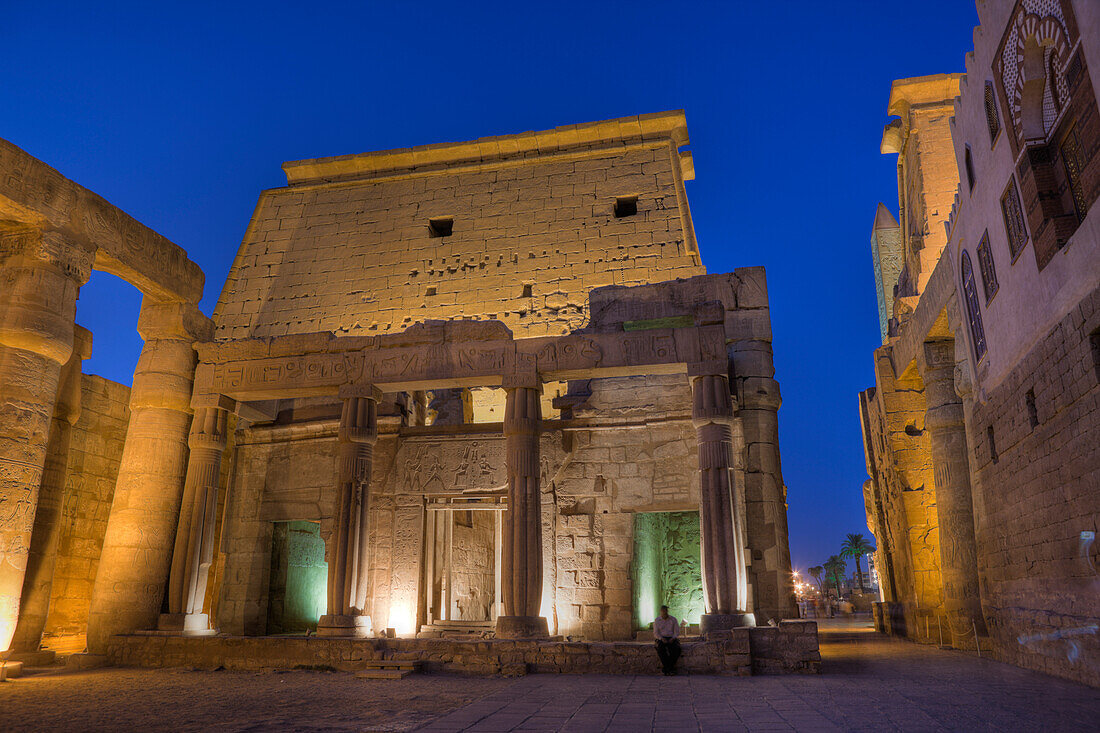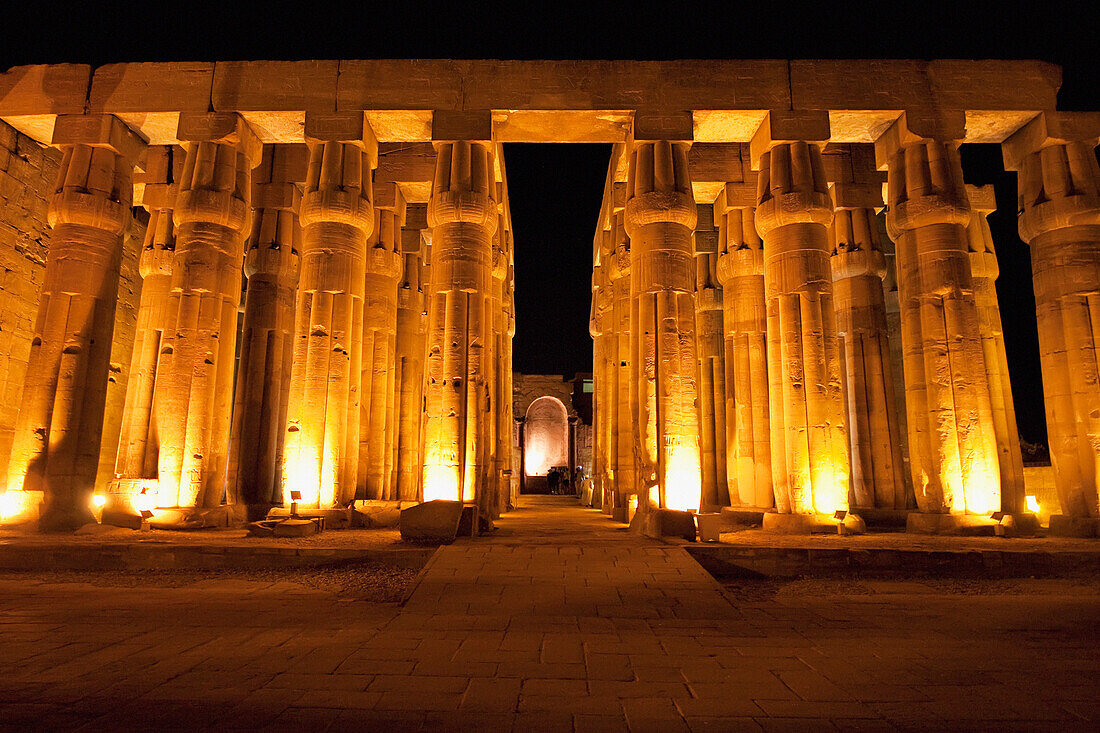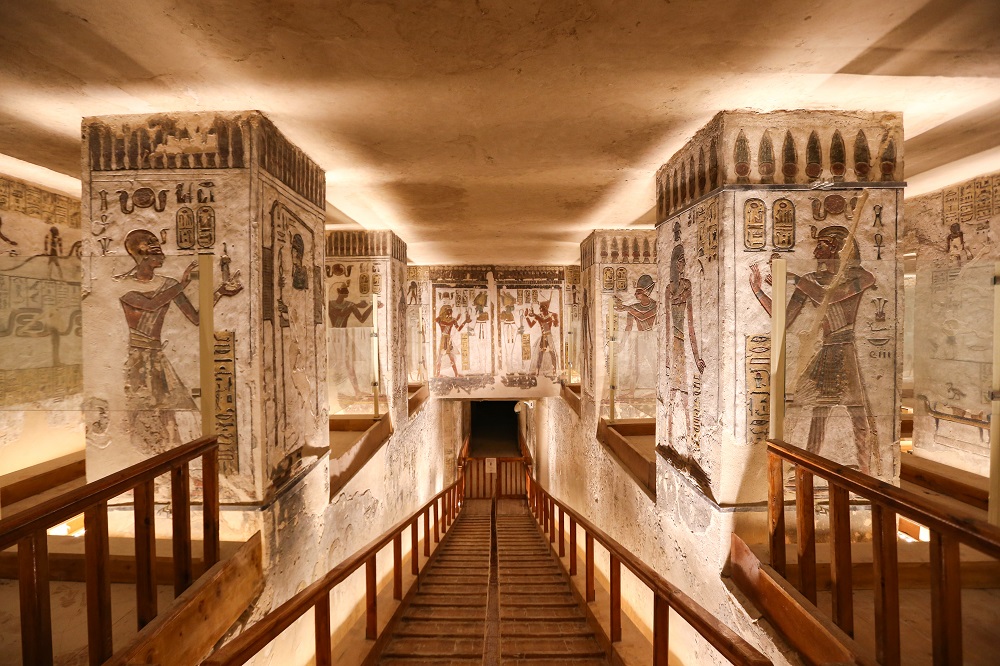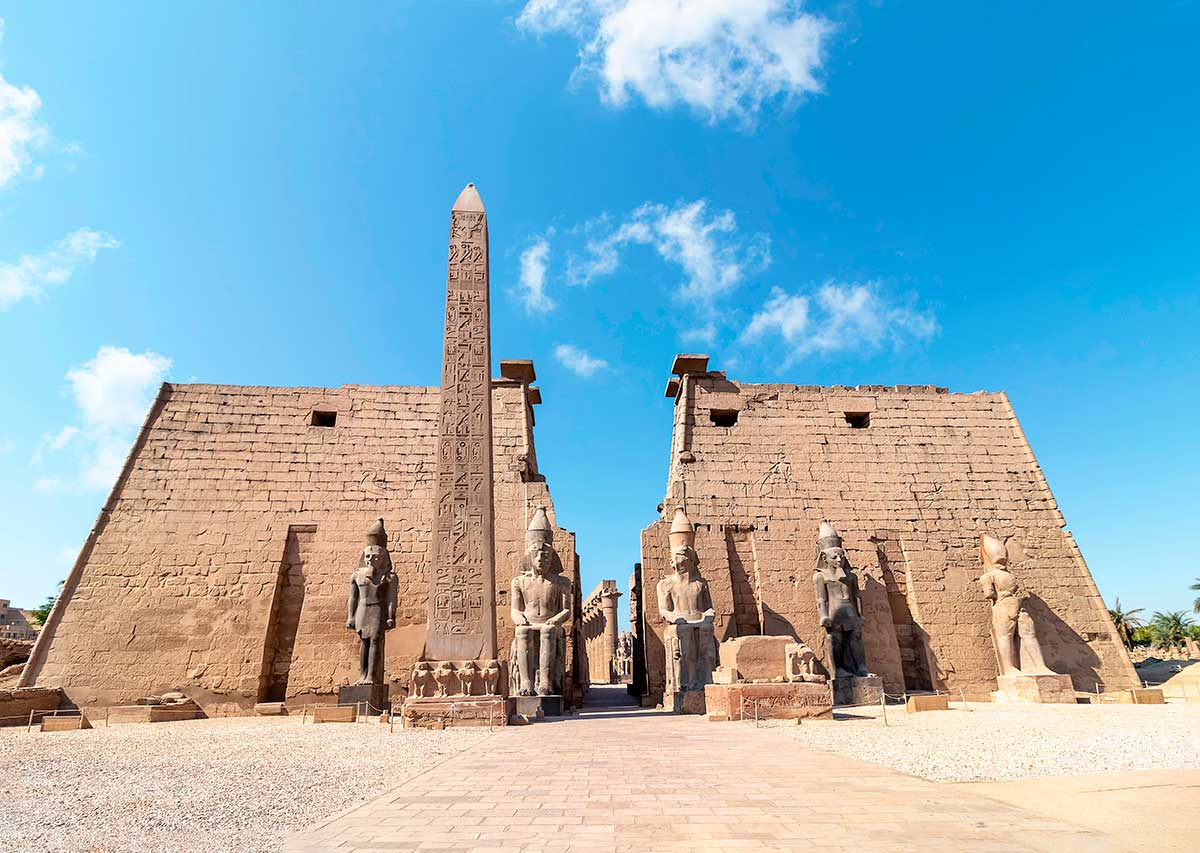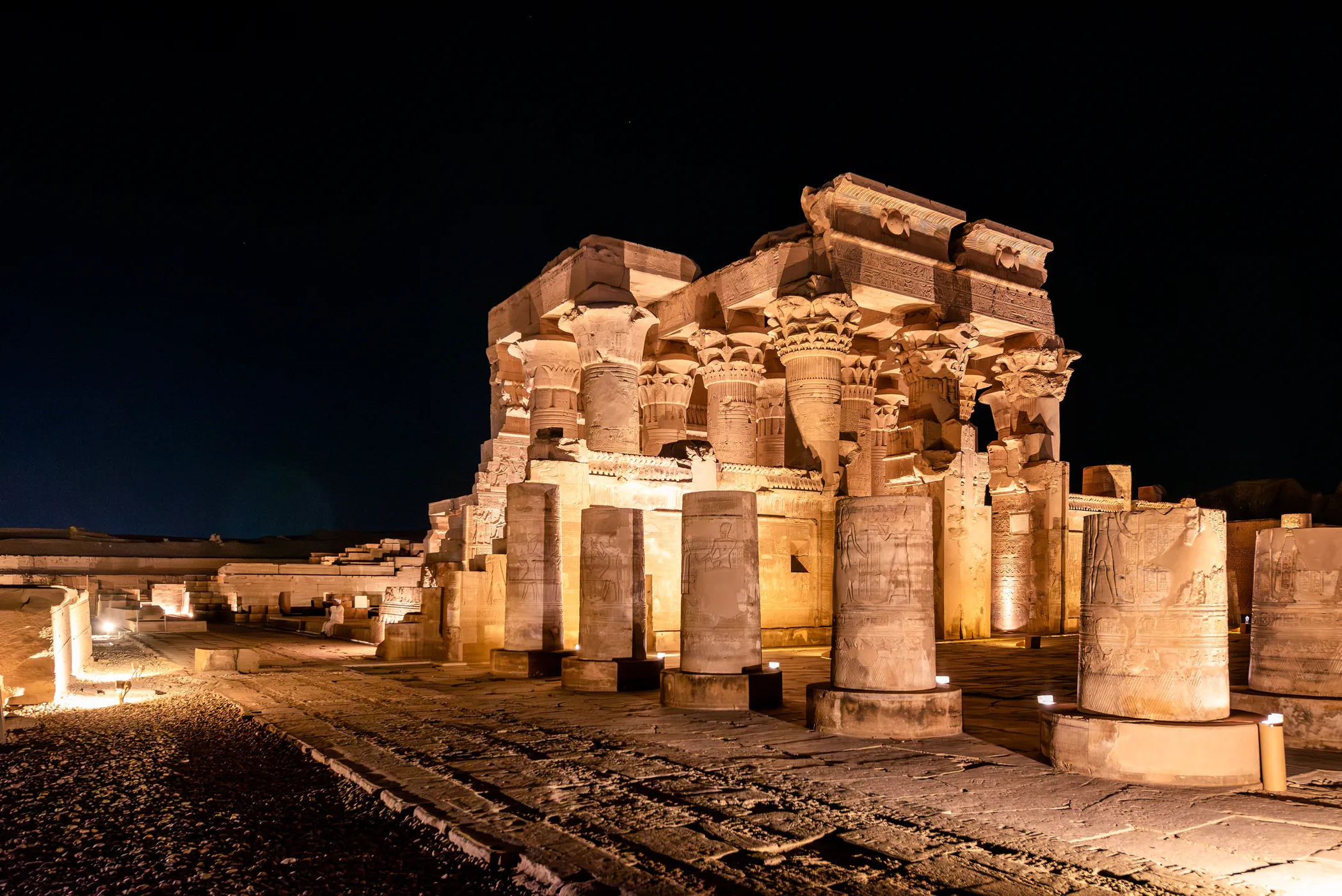- Best Luxor Day Tours
Trip to Karnak and Luxor Temples
Description
Among the possible Luxor day tours, the one to Karnak and Luxor Temples gets people right into the heart of some of the most fascinating religious and architectural marvels that ancient Egypt has ever given humanity. On the east bank of the Nile in Luxor is the biggest temple complex in Egypt, called the Karnak Temple, devoted to the god Amun. Close by is the Luxor Temple, with its complex building, which consists of an avenue of sphinxes and a grand entrance flanked by colossal statues of Ramses II.This Egypt day tour represents an interesting close look at the history of Egypt: religious beliefs, imperial power, and mastery over the building of monuments. Both temples together provide a never-to-forget experience of the glory of ancient Egypt and, hence, are a must-visit destination for visitors interested in history and travel to Luxor.
- Bus from/to your boat/hotel
- Knowledgeable guide
- Entry Tickets to the Temples
- Any other extra service
Itinerary
After your breakfast, meet your representative from Rotana Egypt Travel. Begin the tour with a visit to the Karnak Temple Complex, the largest religious site in Egypt and one of the prettiest in the world.it is the temple of god Amon. Karnak was able to develop with the contributions of multiple dynasties over a long period of time. The temple has huge pylons/gateways, towering columns, obelisks, and intricate reliefs. Highlights include the Great Hypostyle Hall with its 134 giant columns, the Sacred Lake, and the Temple of Amun-Ra. The scale and grandeur of this site take one's breath away, offering insight into the religious practices of ancient Egypt. continuing onward, one can reach the Luxor Temple. This temple is famous for its architectural beauty and for the fact that most parts are well preserved. It was built to provide a location of worship for the Theban Triad: Amun, Mut, and Khonsu. The Luxor Temple has an avenue of sphinxes, an imposing entrance pylon, and an obelisk of Ramses II. Inside the temple are magnificent statues of the pharaohs, especially Ramses II, and reliefs depicting scenes of royal ceremonies and divine worship.
